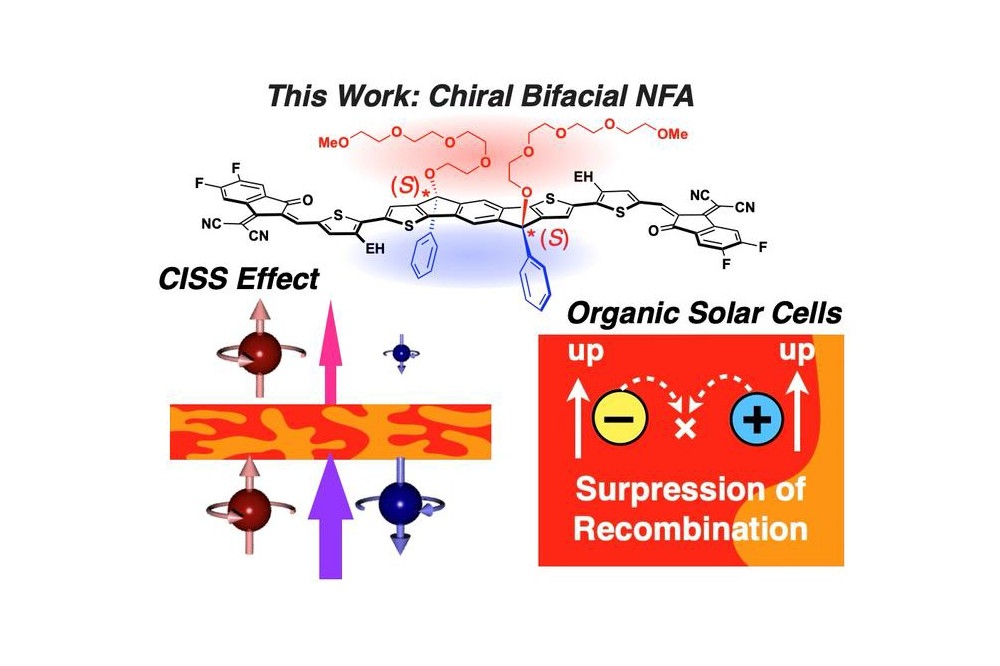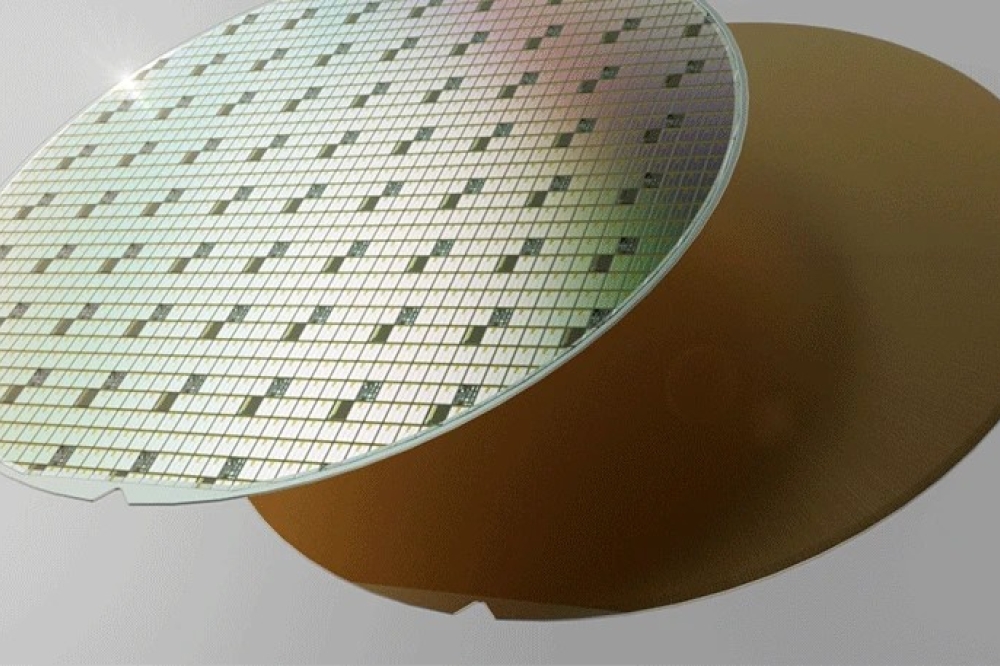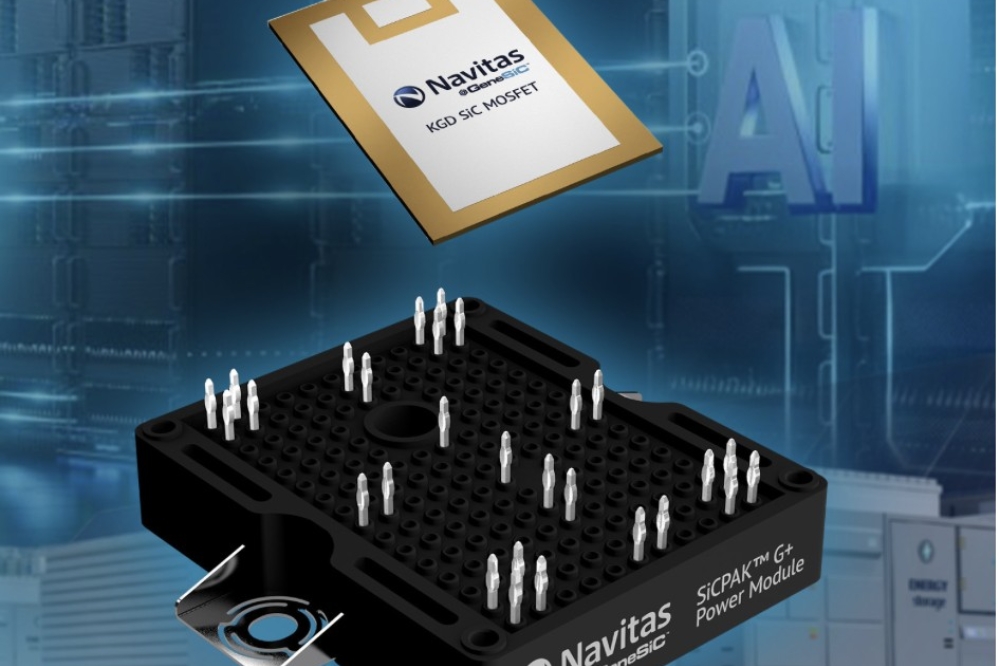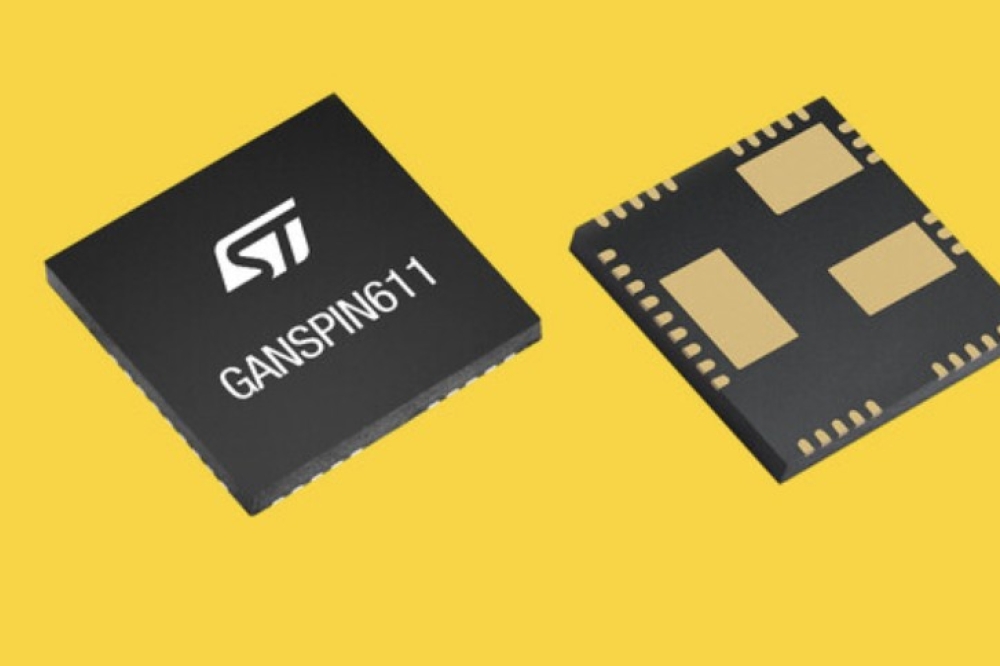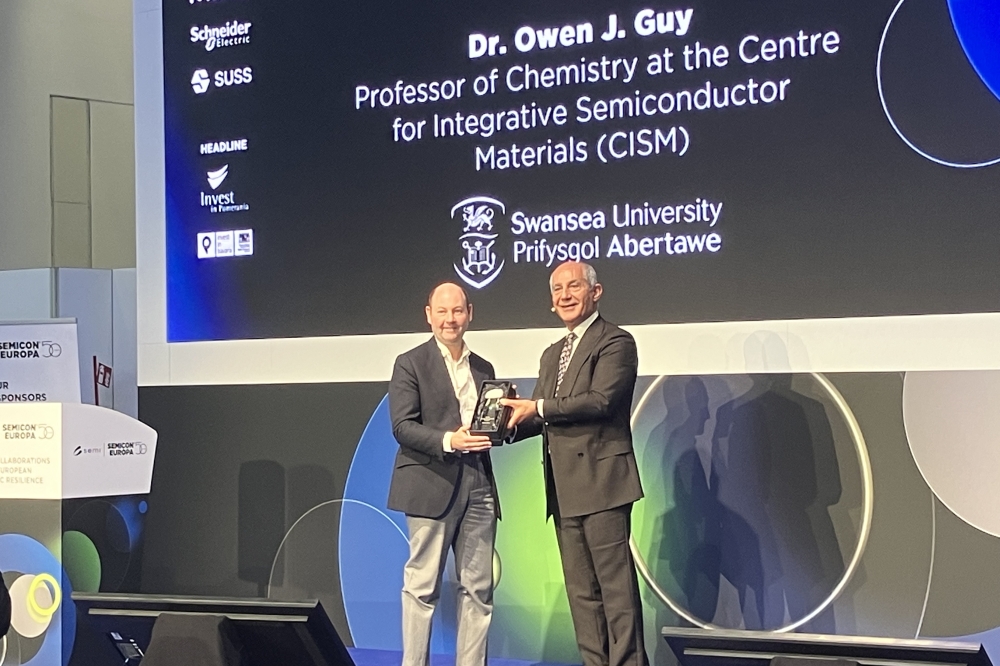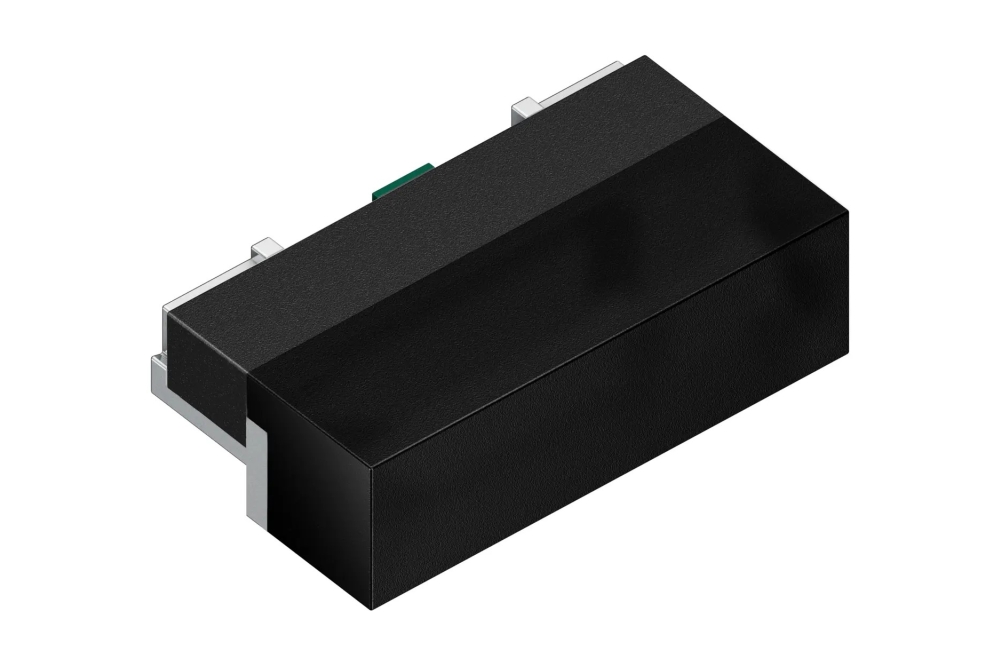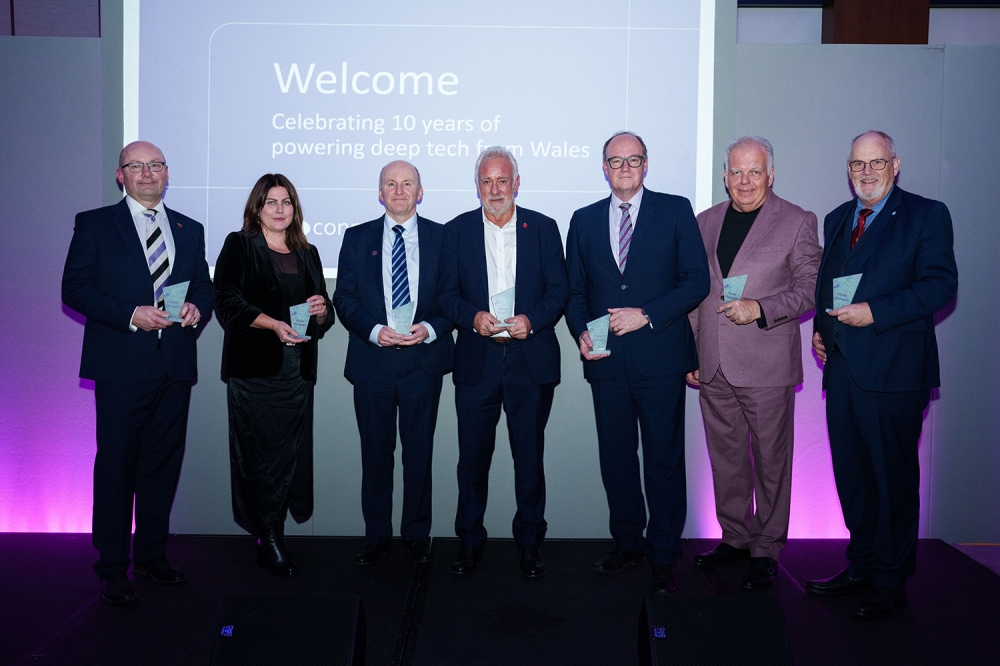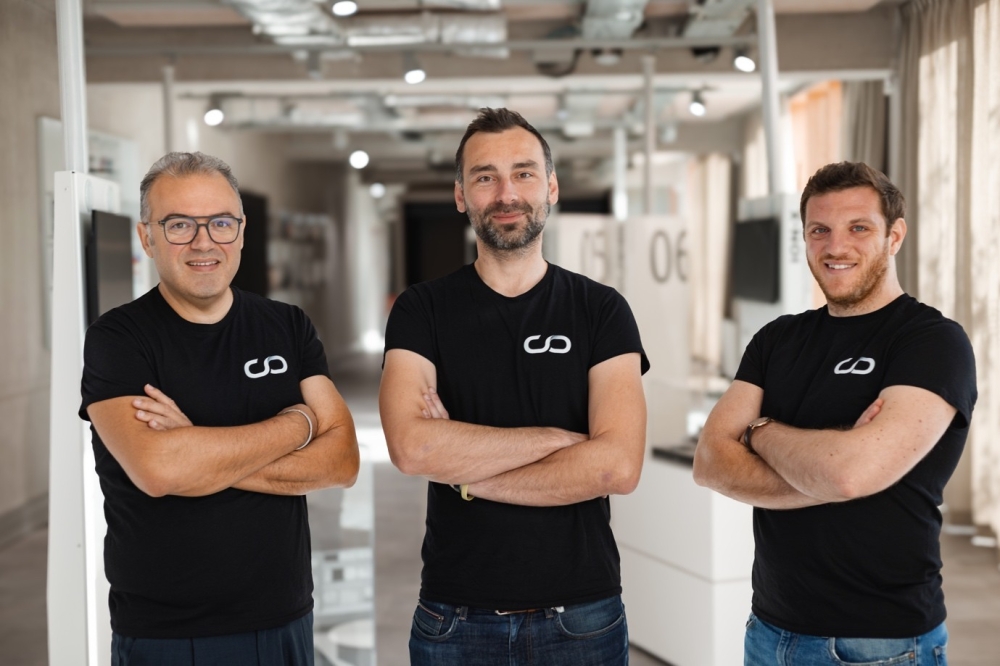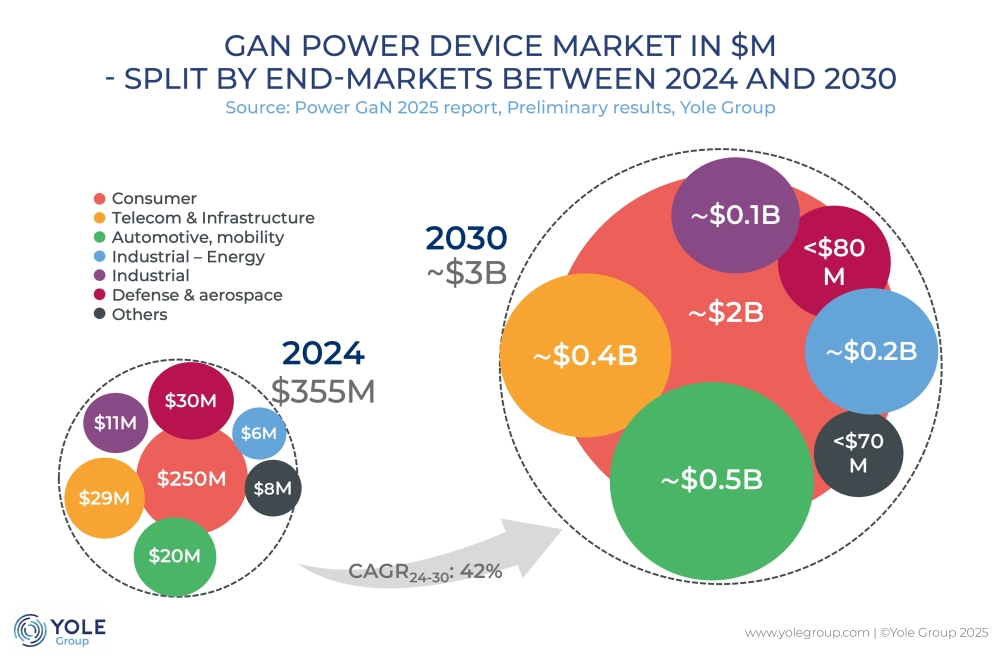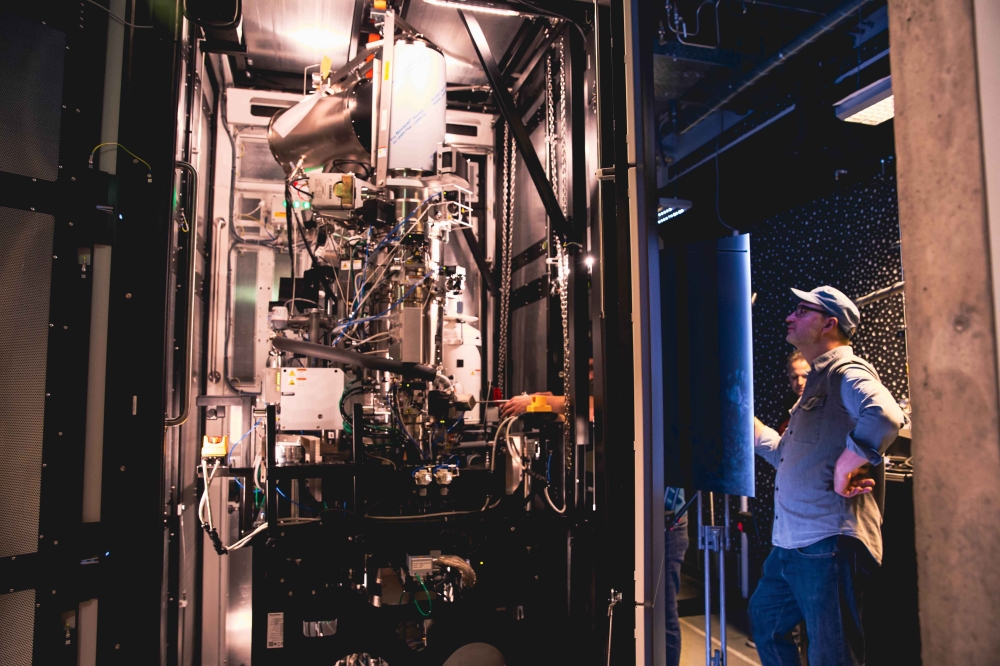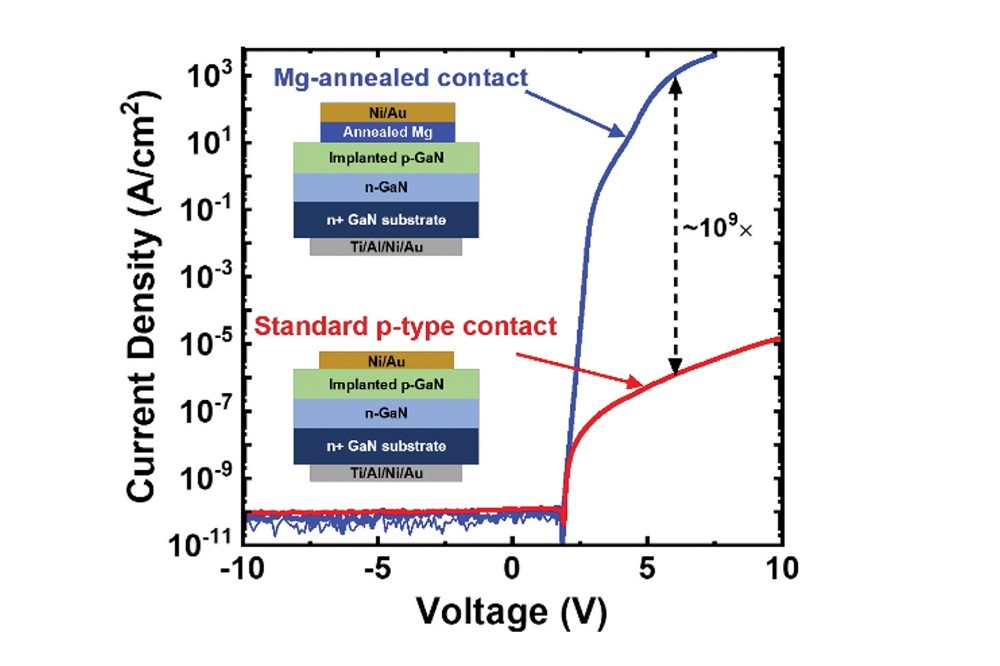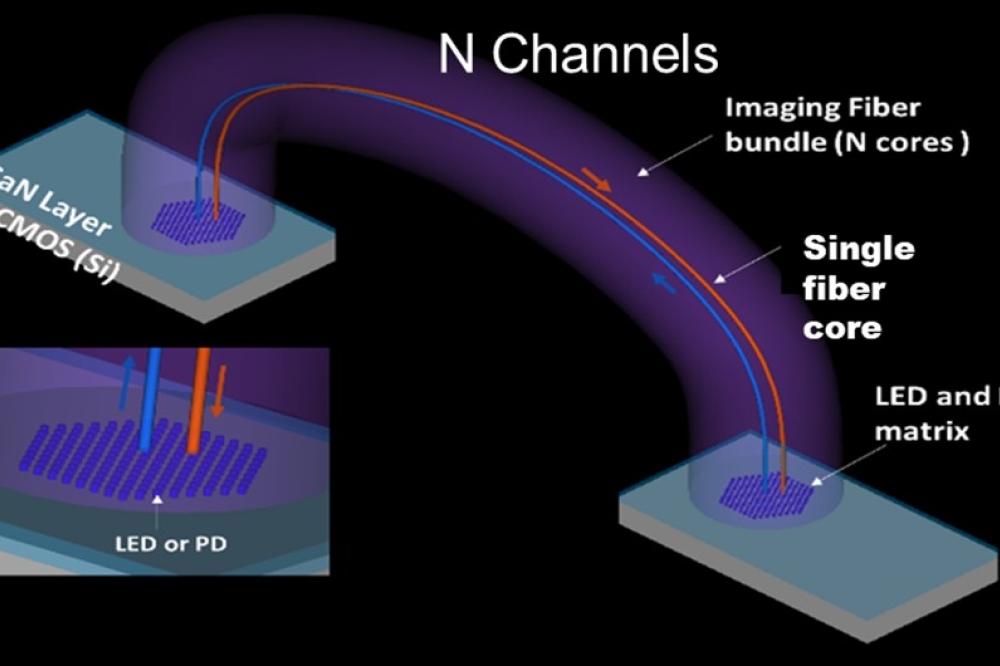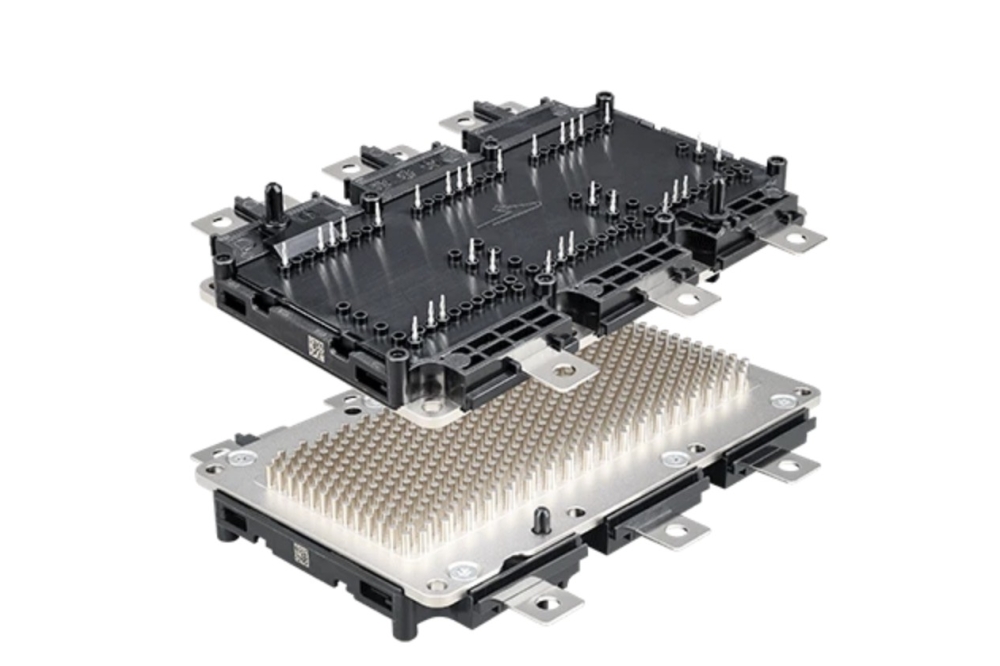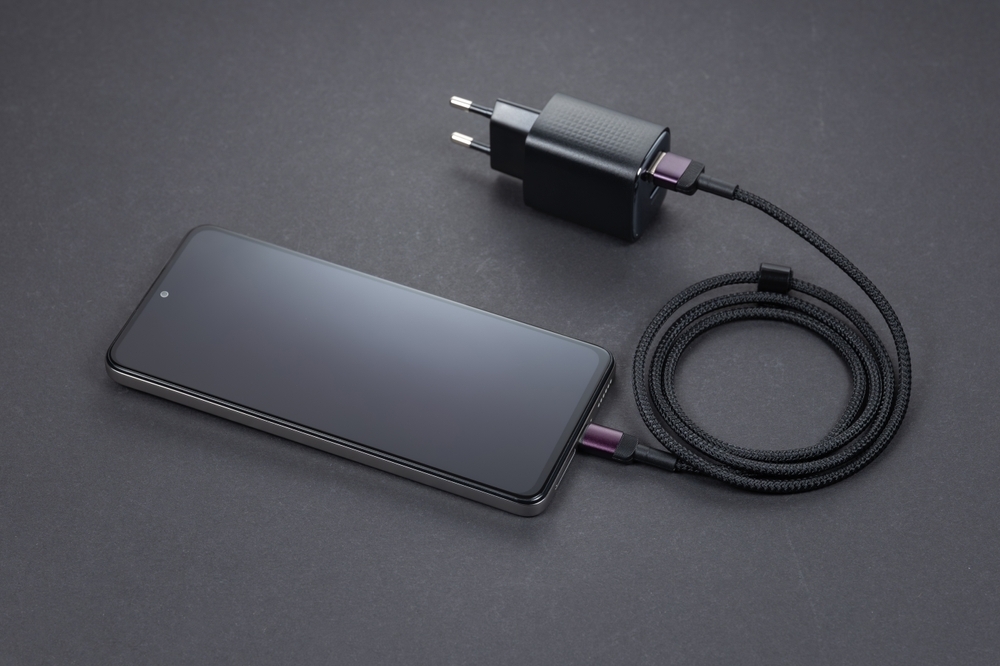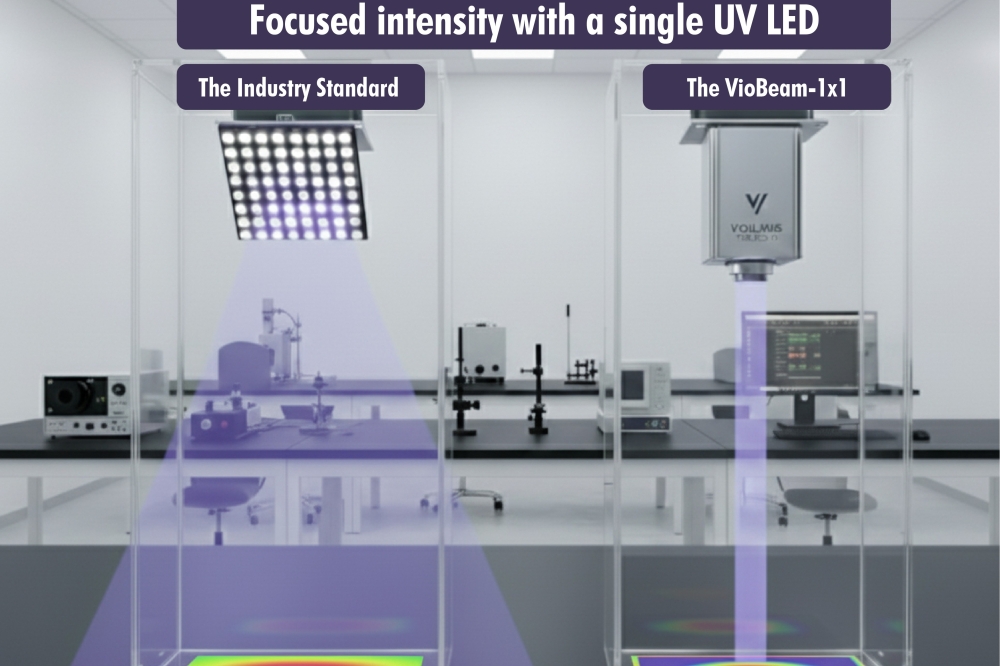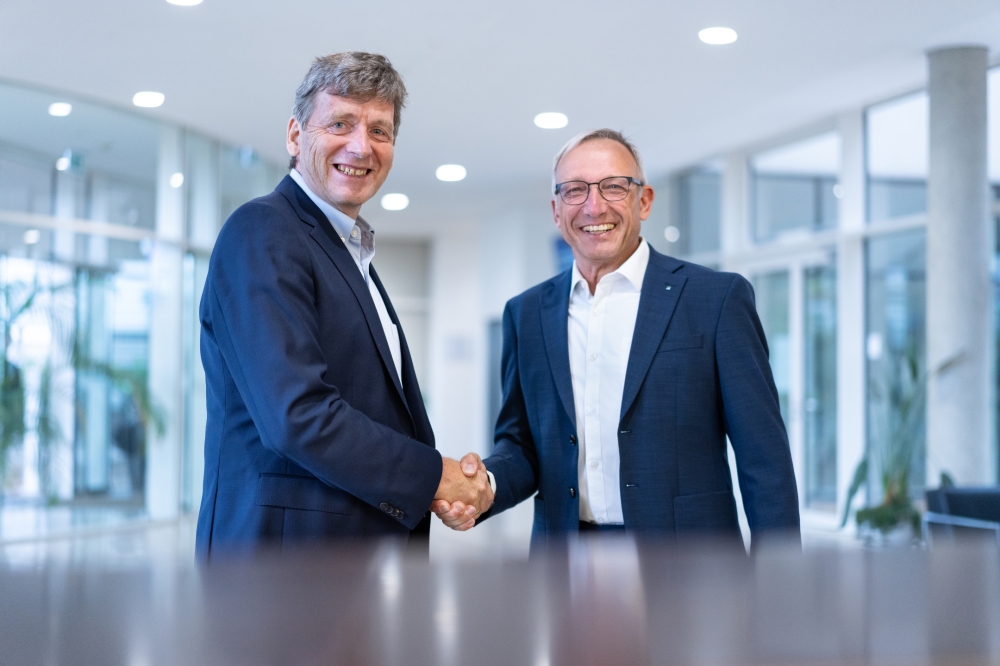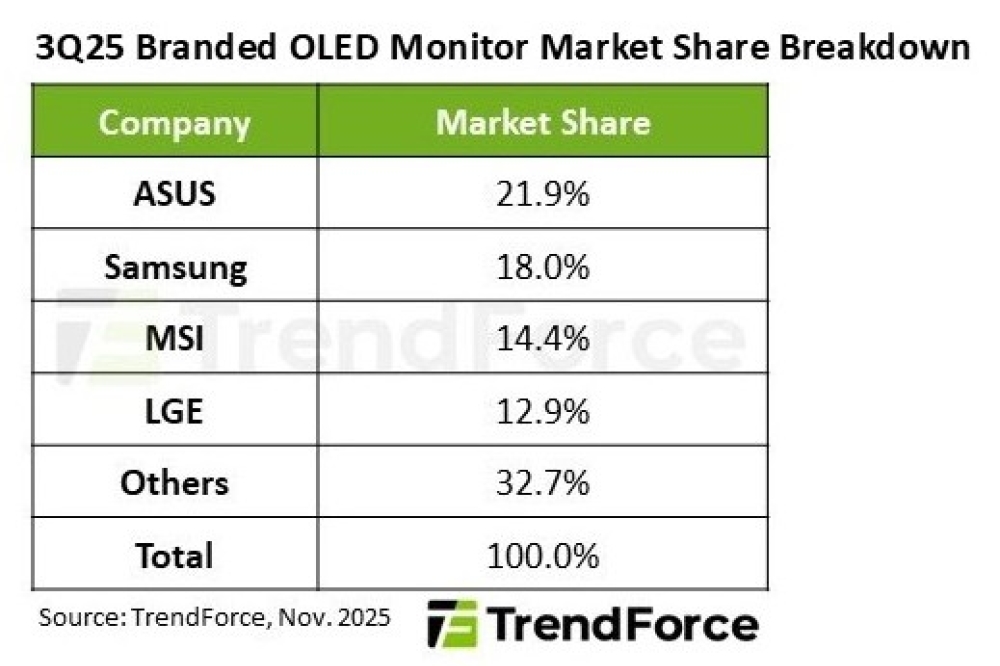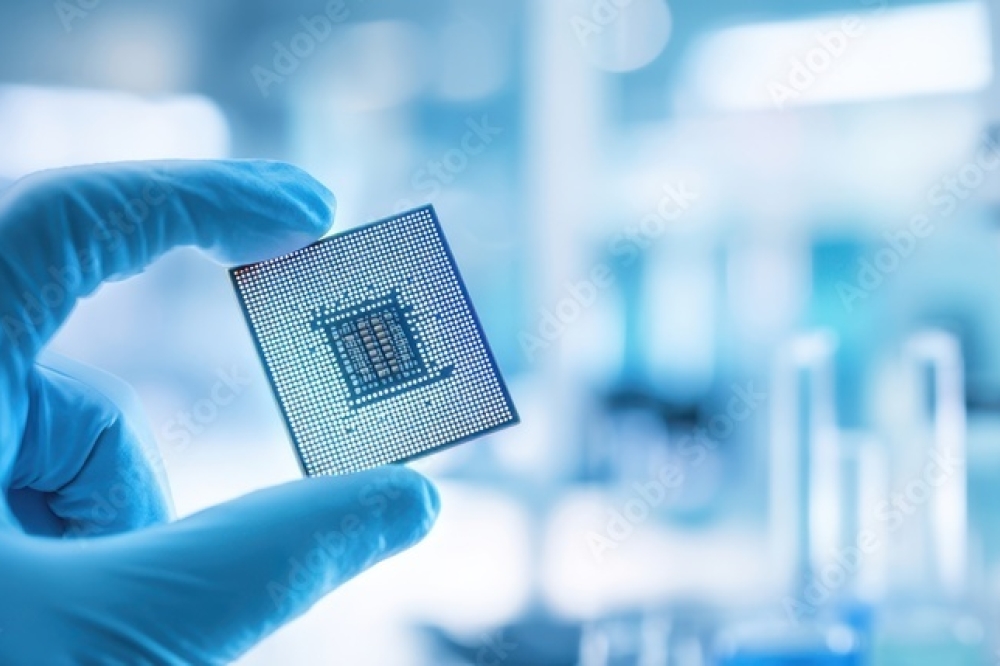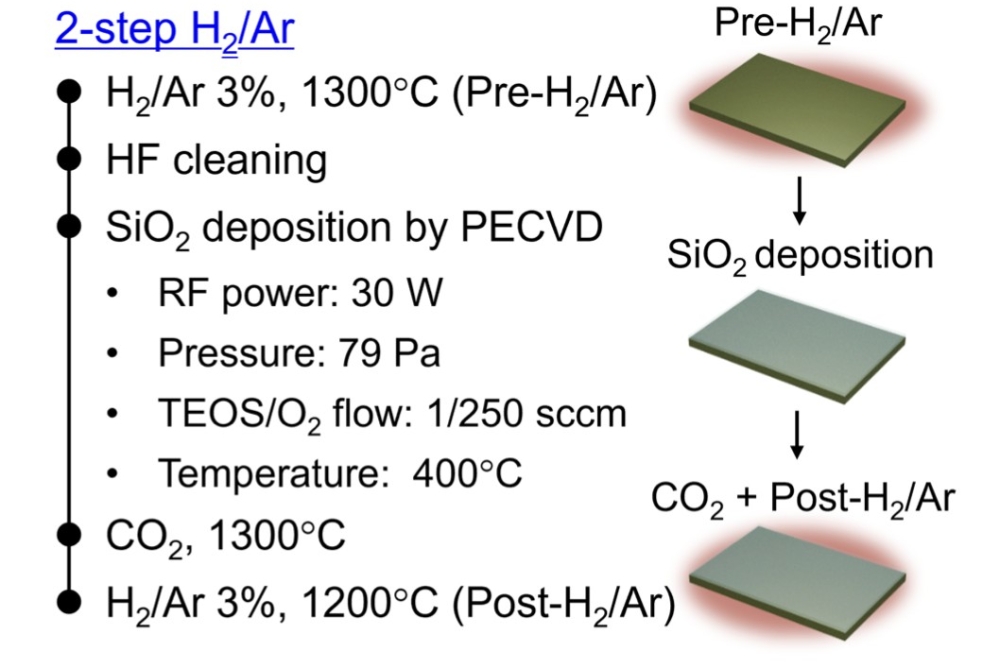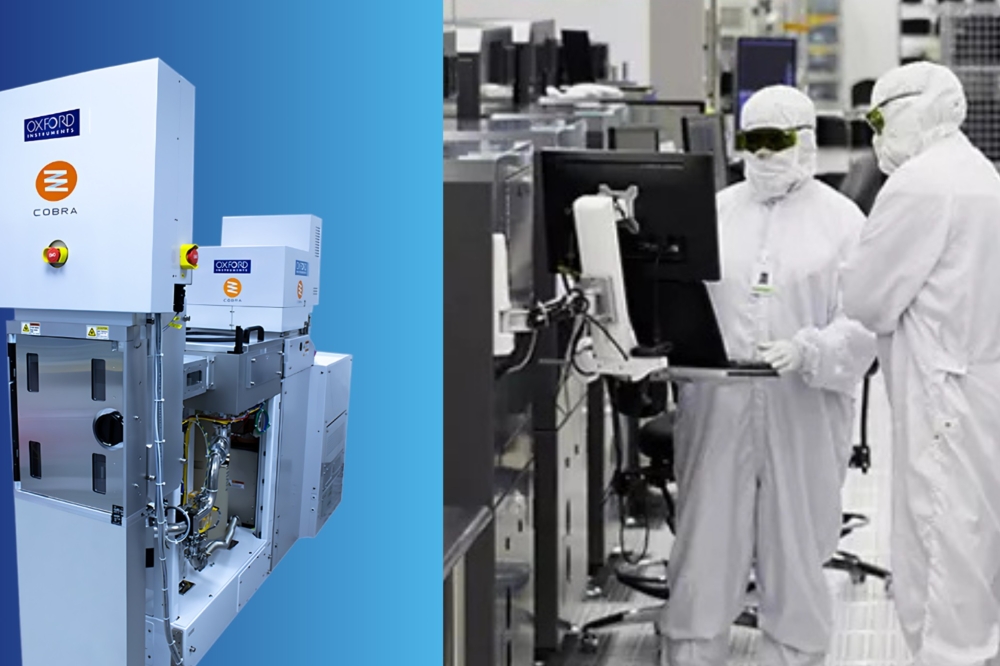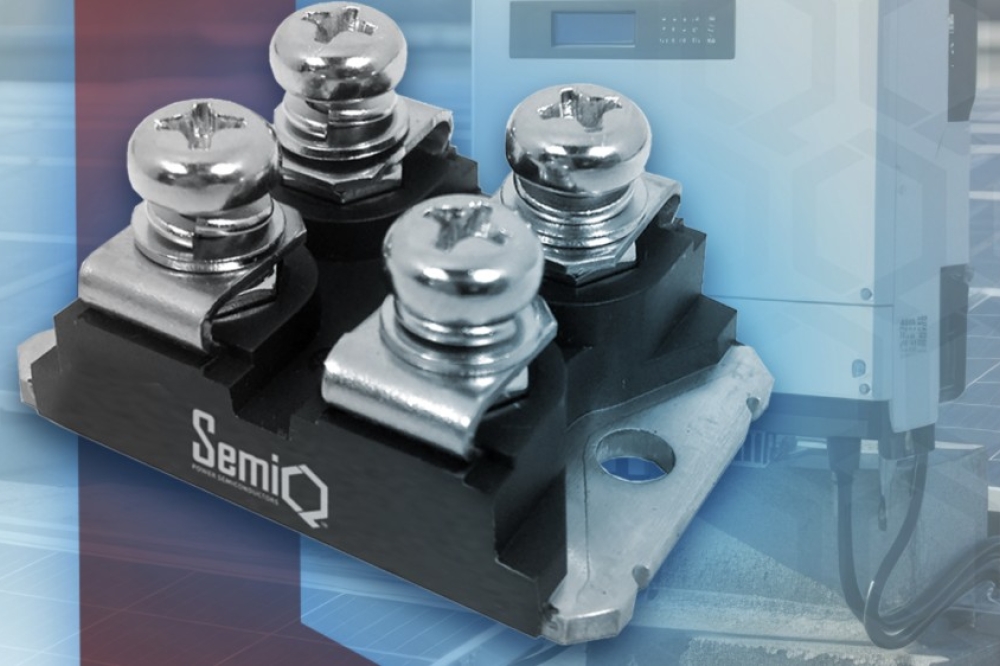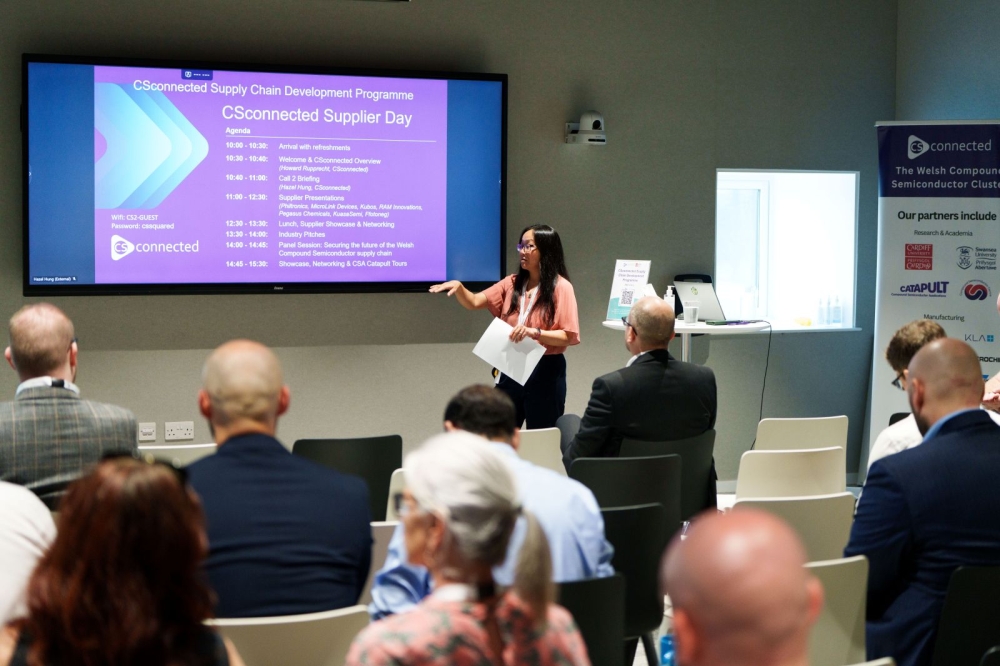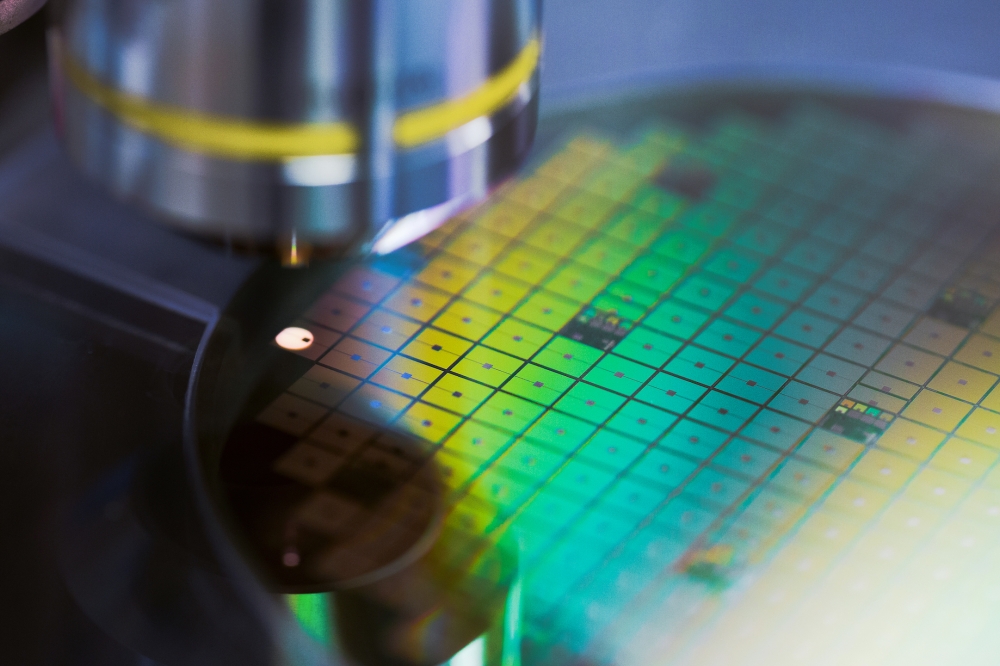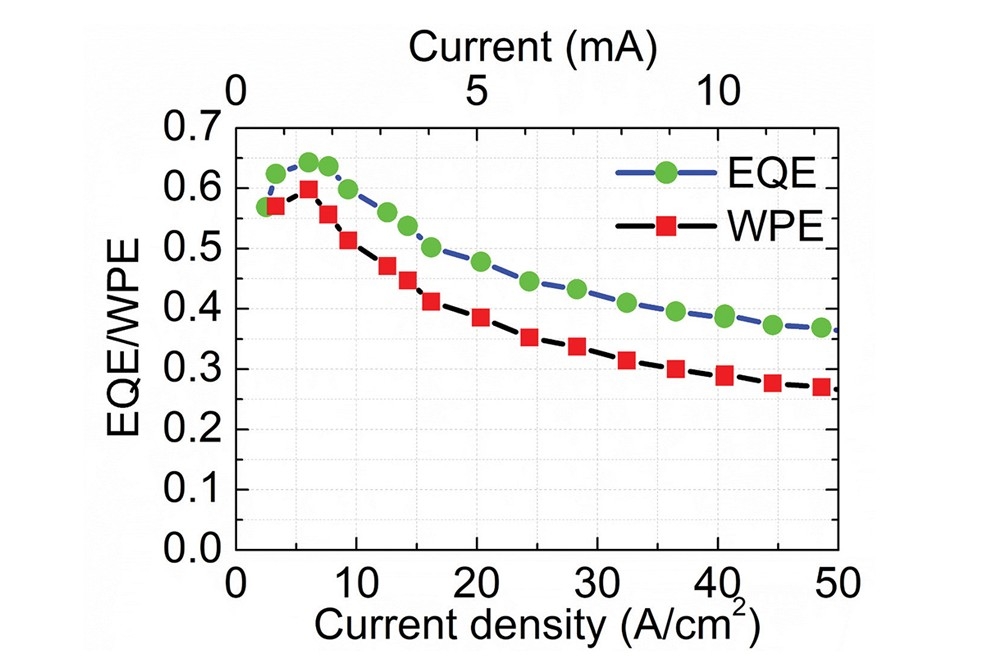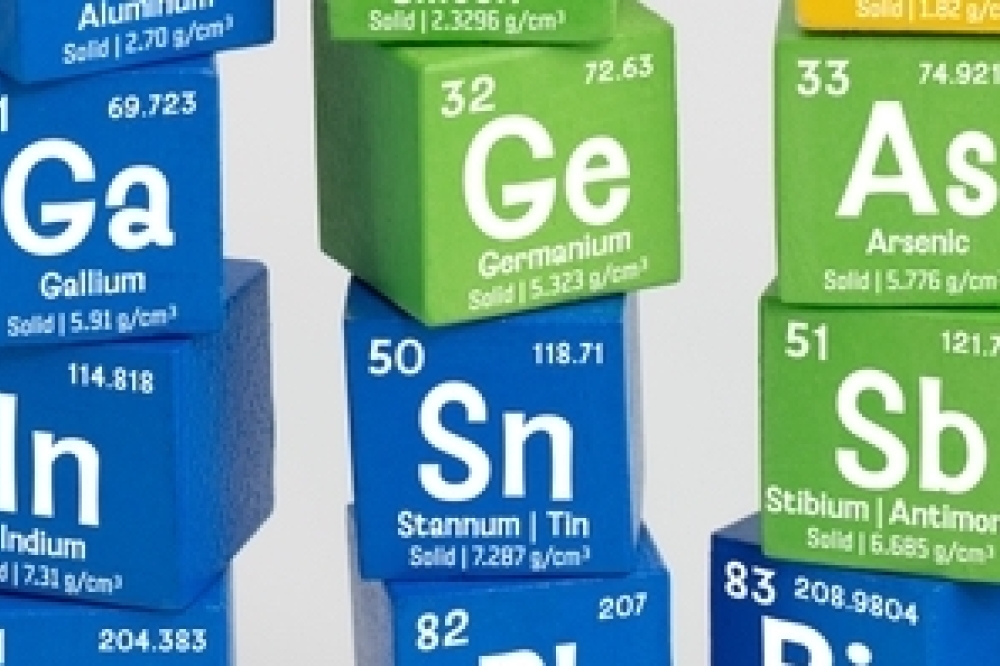Ams Osram is finalist for German technology award
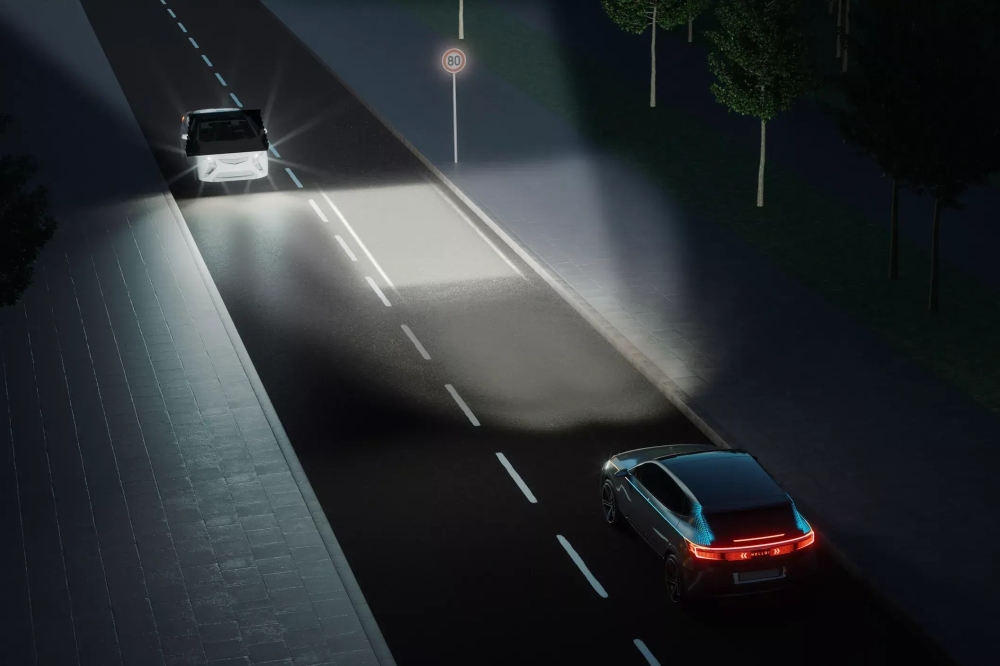
Ams Osram has been nominated as one of three finalists for the 'German Future Award – Federal President's Award for Technology and Innovation' in recognition of its digital LED headlamp technology.
The headlamp innovation features more than 25,600 LEDs in a matrix consisting of 320 x 80 light points. With each individual LED being controlled by a digital signal, the headlamp works similar to a video projector.
Not only does it illuminate the road ahead precisely and efficiently, but it can also project warning symbols onto the road, such as a snowflake symbol to warn of icy conditions or a special symbol if a wrong-way driver is heading in the vehicle’s direction.
The idea first came as long as 20 years ago: to make a high-resolution projection light source with a new type of LED chip formed of an array of micrometer-scale points of light. But to divide the semiconductor area of a conventional square millimeter LED chip into a matrix of thousands of just a few micrometers sized light-pixels called for a series of technical breakthroughs in basic physics, in semiconductor fabrication, and in materials science.
In addition, the company had to develop a new chip architecture, as well as a pixel-level bonding technology to enable it to create a connection between each LED pixel and its driver in a single integrated device. Together, these innovations resulted in the development of a monolithic microLED array .
he resulting technology is now in volume production. The first LED pixel arrays are being built into a new light source for adaptive driving beam (ADB) car headlamps, the EVIYOS system. The first commercial customers for the EVIYOS chip are car manufacturers, which are building advanced headlamp designs containing a 240x80 pixel array of individually controllable LED pixels.
Pixel-by-pixel digital control of the light means that the headlamp can operate safely in a permanent high-beam mode. Drawing on camera inputs about the position of oncoming vehicles and of other road users such as pedestrians on the sidewalk, the EVIYOS-based headlamp can turn off pixels that would dazzle others, while maintaining the maximum illumination to light up the road ahead of the driver. Pixel control is adjusted dynamically every fraction of a second to maintain the widest and longest possible beam without compromising the vision of other road users. This adds greatly to the driver’s comfort, and to the safety of all road users.
“I am pleased that we are once again among the three finalists for the Federal President’s Award thanks to this formidable innovation”, said Aldo Kamper, CEO of Ams Osram. “The German Future Award is a long-standing tradition for us at Ams Osram: in 2007, an Ams Osram team won this prestigious award to honour our thin-film technology and in 2016, we were among the nominees.”
Key nomination criteria include innovative performance, patentability, as well as completed or imminent implementation that must also result in creating new jobs. The jury’s final decision round, including the ceremony for the presentation of the award by Federal President Frank-Walter Steinmeier, will take place in Berlin on November 27 2024.

